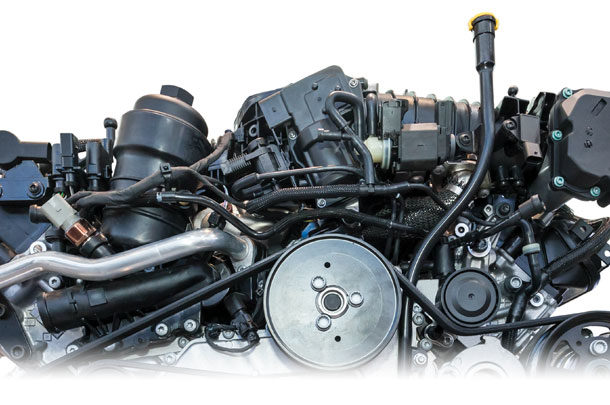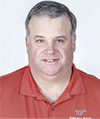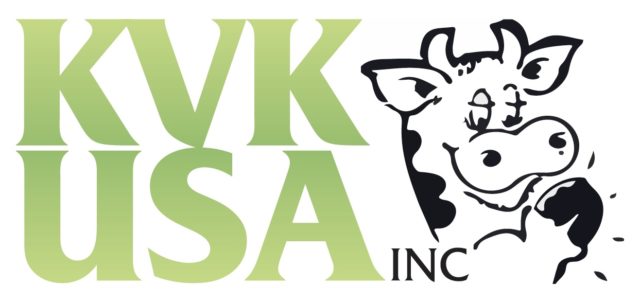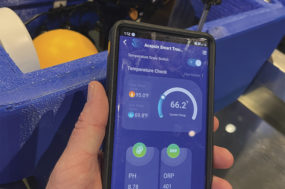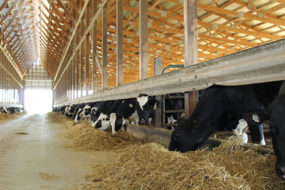No one knows what the future holds. That’s not news to anyone; that’s Biblical, for goodness’ sake. It is also true that while the future is uncertain, change is inevitable – and change is not always for the good, at least not good for all.
While my goal is not to be political at all (I think we all have had our fill of that), it is likely in light of the latest election results that stricter regulation of diesel-powered engines is just over the horizon.
Currently, Tier IV diesel engines are being used in most equipment applications, at least those over 24 horsepower. Most people recognize Tier 4 engines as being those machines that require diesel emissions fluid or DEF.
Tier 4 diesel engine standards are the strictest EPA emissions requirement for off-highway diesel engines. This requirement regulates the amount of particulate matter (PM), or black soot, and nitrogen oxides (NOx) that can be emitted from an off-highway diesel engine. Not all Tier 4 engines require DEF, but most do.
Physical size of the Tier 4 engines are, in most cases, quite a bit bigger than previous Tier engines. The reason is: You typically now have an after-treatment system (DEF tank for example) and larger heat exchangers (radiators), as well as changes to the filter systems, turbocharger and other engine components.
Typically, a bigger engine is needed to get the same horsepower rating as a non-Tier 4 engine. One of the reasons is: Some of the horsepower is used to drive functions like the fan drive for cooling the engine. Because Tier 4 engines run hotter, this affects wiring and other components in an engine compartment. Heat shielding is often required to eliminate this as an issue.
If your vehicle or equipment utilizes different manufacturers of engines (some customers specify certain engines be used on their vehicles), each engine manufacturer’s Tier 4 engines are a little bit different. They are not only physically different but also in how they operate, how they regenerate (regen), their horsepower ratings and how the controls interface and function.
Tier 4 engines, according to most sources, appear to be working to reduce overall emissions; however, some regulating bodies continue to push for stricter standards. New, more strict European Stage 5 regulations began to be implemented in Europe in 2019 and continued into 2020. Since the engine business is global, these European standards will very likely be adopted here in the U.S. and be referred to as “Tier 5.” There is still some debate over this, as the EPA has not committed to adopting these standards.
The feeling is: The technologies currently available will be able to meet Tier 5 standards. What regulators want to more stringently control is the ultra-fine particles of soot in diesel exhaust, the submicron-level particles. These particles are considered to pose the greatest threat to lung health because they can lodge deep inside lungs and stay there. These particles can be removed by using a DPF (diesel particulate filter) on every diesel engine.
For the future, if Stage 5/Tier 5 is implemented as anticipated, a DPF will likely be included on every diesel engine, large or small, stationary or mobile. It appears this will include diesel engines less than 24 horsepower that are currently exempt from Tier 4 requirements.
What does this mean for us as consumers of diesel-powered machinery? Almost certainly, costs will be higher. With the exception of household electronics and small kitchen appliances, the cost of new technologies rarely goes down.
While the final emissions of an engine may be cleaner, what this means is that more and more of the byproducts of burning diesel are collected, so filtration will drive costs up. Some trucking firms are already reporting reduced engine life, higher rebuild costs and lower resale values.
Another alternative is buying older, experienced machinery and vehicles that do not require DEF. Again, it can be expected that because of increased competition for these machines, prices will likely escalate. You may have noticed that mid-range to higher-horsepower older tractors have been setting record-high prices at auction lately. This trend is bound to continue or worsen. Unless, of course, you have older machinery to sell, and then this is a great thing.
The bottom line is: As the manager of your operation, you are ultimately responsible for the success and growth of your business. The circumstances which are yours personally will affect how you respond to changing times.
Just as a personal example, my wife and I both took off-farm jobs after about a decade-and-a-half of farming as our lone source of income. We have been fortunate to enjoy careers with the organizations we joined shortly after selling off our dairy cows in 1998. As we approach retirement, there are several farm and household projects we would like to complete, but each carries a price tag, so we rank them according to priority.
While retirement is a decade or so off for us, there are some realities that need to be considered. The costs of these proposed projects are not coming down. While our retirement looks to be comfortable, we will not have the income stream we do now as full-time employees. It may behoove us to start biting off some of the projects that will give us creature comforts in the future while we are still working.
As far as machinery updates or additions, now may be the time to strike.
